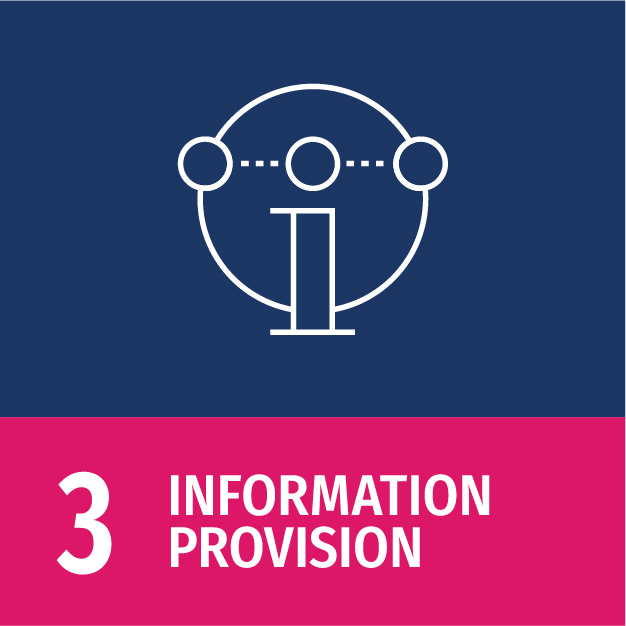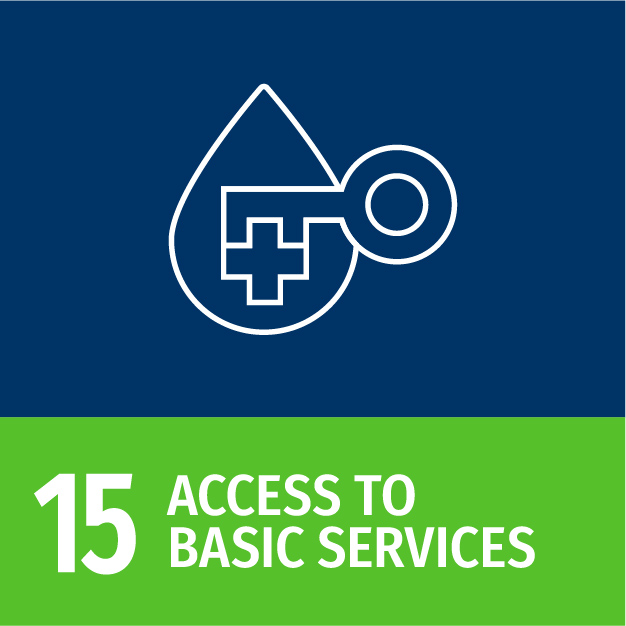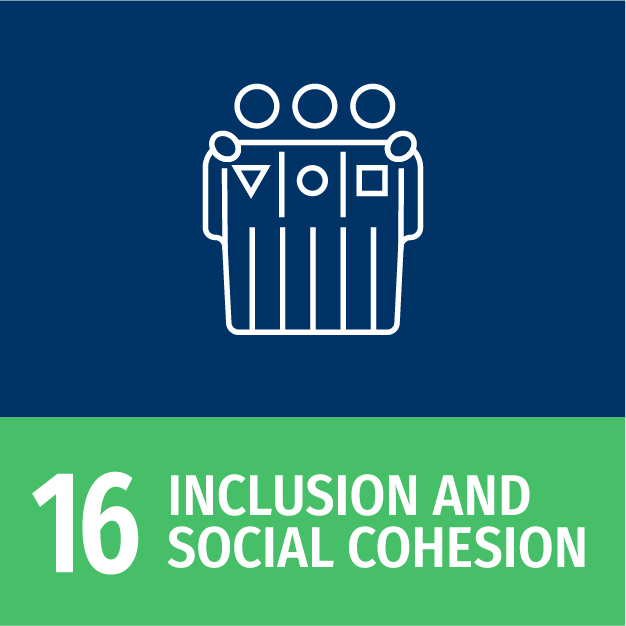
Facebook Data Science Team: Coordinated Migration
Summary
In this project, the Facebook Data Science Team analysed migration using social media data. Facebook offers a wealth of data suitable for the study of human mobility. In particular, the city-level accuracy offers the possibility of mapping internal and international migrations alongside each other, which cannot be done easily through traditional surveys. This project focused on so-called “coordinated migration”, defined as cases where a significant share of a population migrates as a group to a different city. To study these between-city coordinated migration, the team examines aggregated, anonymized data of all users who list both cities (departure and destination) on their Facebook profile.
Results
The results of this project give a brief insight into this potential: The maps visualize coordinated migration across the world, indicating destination cities with red dots and origin cities with blue dots with arcs in between to reflect various movements. For instance, in the case of Cuba, most coordinated migration is directed towards Miami. However, considering the selection bias this result may also reflect that Cuban migrants arriving in Miami are more likely to have internet access than elsewhere. Besides coordinated migration, the map also highlights – in yellow shades – the countries with the largest urbanization rate growth between 2000 and 2012, according to World Bank data.
(Picture: © Stamen Design, OpenStreetMap, CC BY SA)





